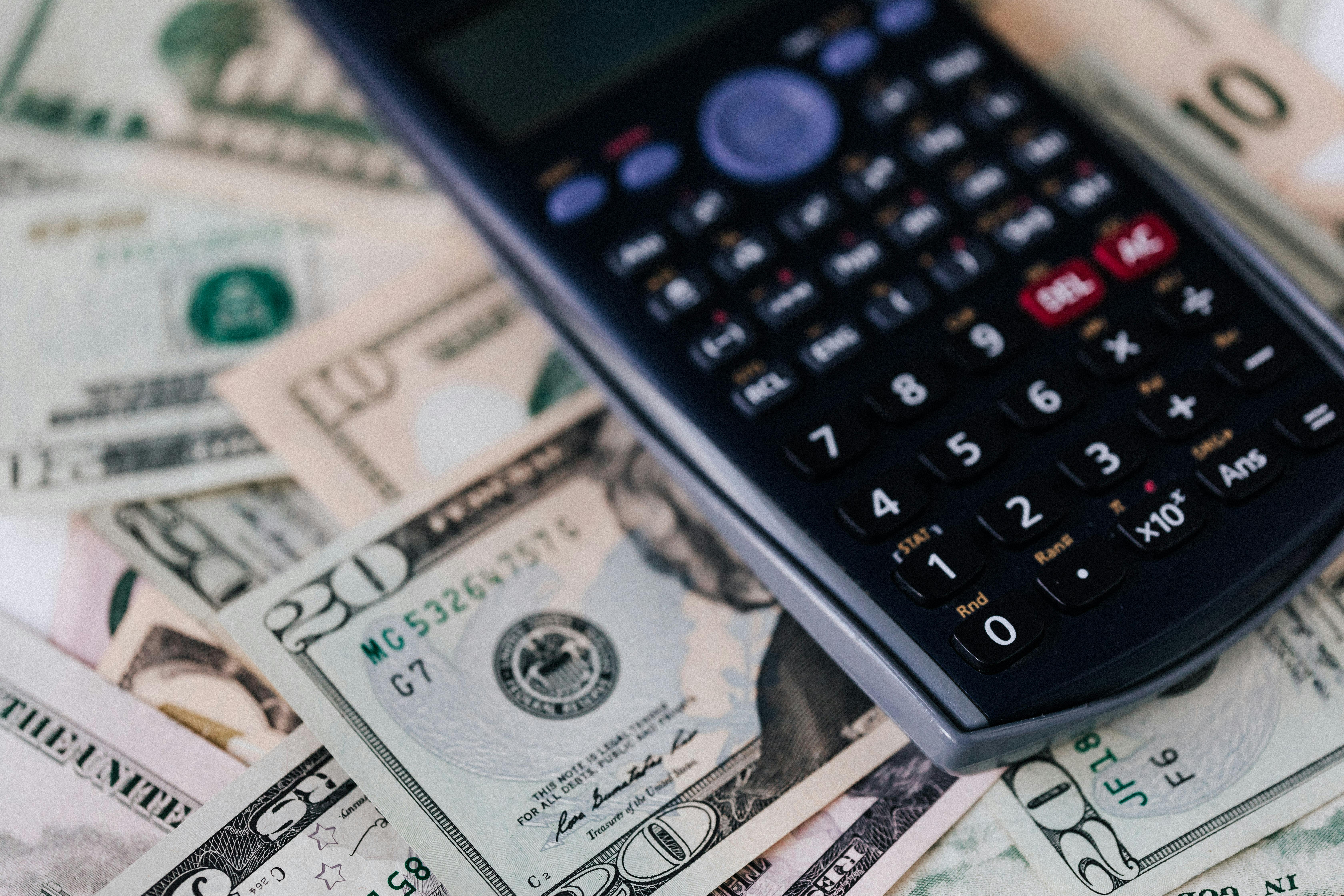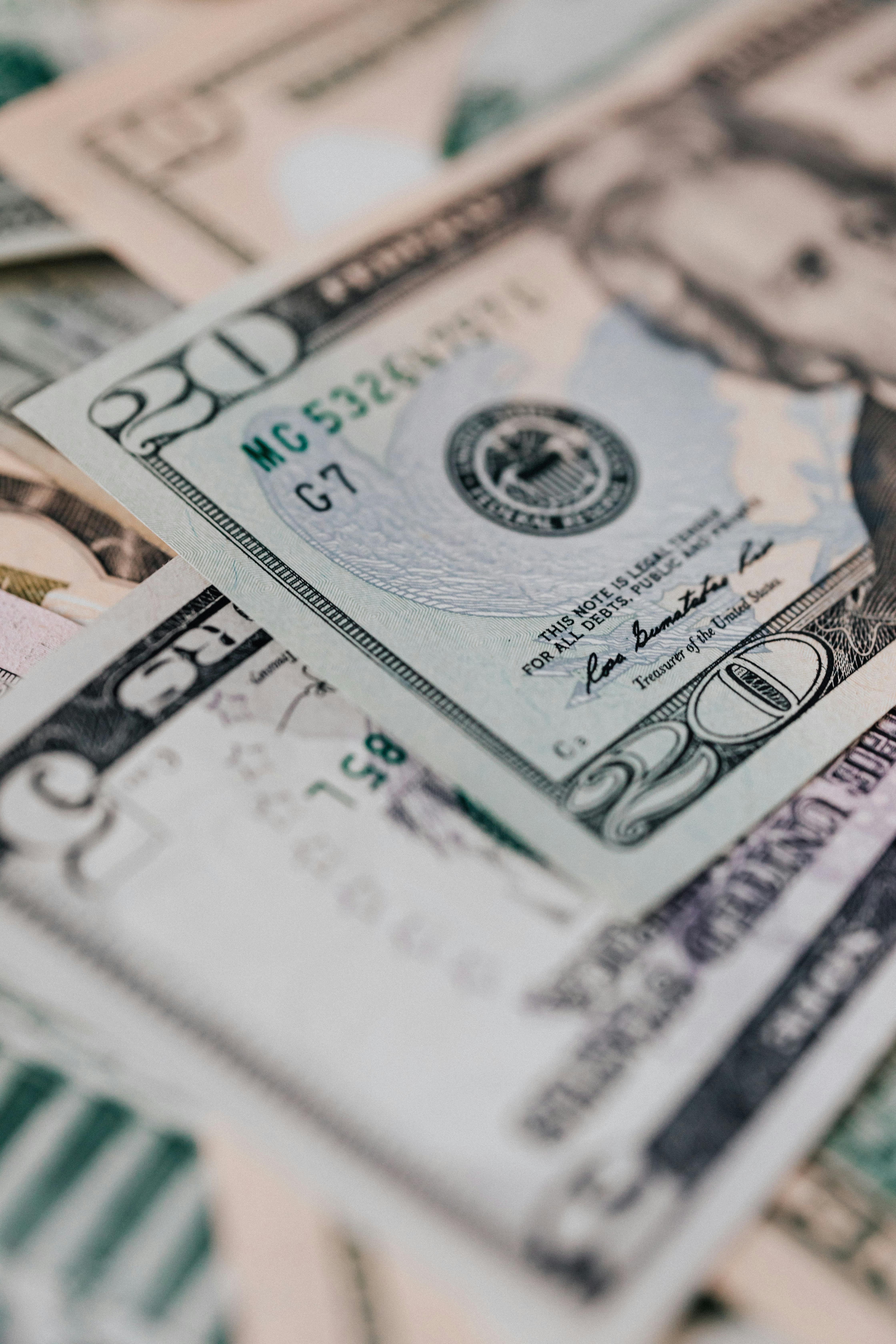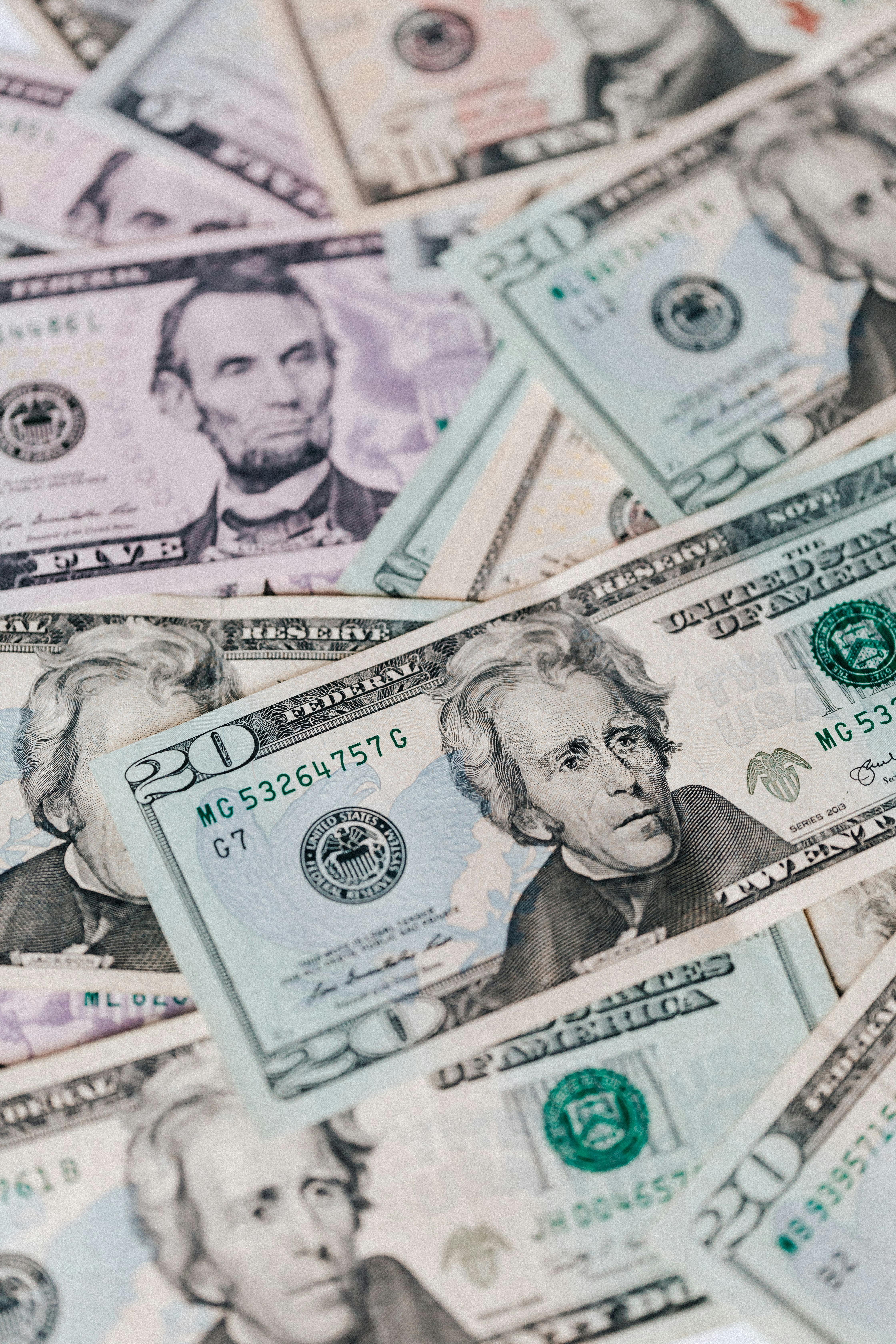How to Get Out of Credit Card Debt Fast: Proven Strategies

Introduction
In 2025, credit card debt in the USA has reached record highs, surpassing $1.1 trillion. With average APRs above 22%, carrying balances month-to-month can quickly trap households in a cycle of debt.
The good news is that with the right strategies, tools, and discipline, borrowers can break free and pay off their credit card balances much faster. This guide explores proven methods that work in today’s economic environment.
The Credit Card Debt Crisis in 2025
- Rising Costs: Inflation and high interest rates make repayment harder.
- Minimum Payments Trap: Paying only the minimum can extend repayment timelines to 15–20 years.
- Credit Score Impact: High utilization lowers FICO scores, reducing access to affordable loans.
- Financial Stress: Millions of Americans report credit card debt as their biggest financial burden.
Understanding the scale of the problem is the first step toward building a strategy that actually works.
Step 1: Assessing Your Debt Situation

Before you can create a repayment plan, you need to take inventory of your debt. Many borrowers underestimate how much they owe or how much interest they’re paying.
Key Steps
- List All Credit Cards: Write down balances, interest rates, and minimum payments.
- Calculate Debt-to-Income Ratio: Divide total monthly debt payments by monthly income.
- Identify High-APR Cards: These should be your first target for repayment.
- Check Credit Reports: Ensure accuracy by reviewing reports from Experian, Equifax, and TransUnion.
Debt Snapshot Example
If you have three cards with balances of $5,000, $3,000, and $2,000, at APRs of 24%, 19%, and 15%, your strategy should prioritize the highest-interest card first.
Step 2: Debt Repayment Strategies (Snowball vs. Avalanche)

Snowball Method
The Snowball method focuses on paying off the smallest balance first while making minimum payments on the others. Once the first card is paid off, you roll that payment into the next smallest debt, creating momentum.
Avalanche Method
The Avalanche method targets the highest-interest card first, saving the most money on interest in the long run. After clearing the highest APR card, you move to the next highest.
Which Method is Better?
- Snowball: Best for motivation and quick wins.
- Avalanche: Best for saving money on interest and long-term efficiency.
In 2025, many experts recommend combining both methods: start with Snowball for motivation, then switch to Avalanche for maximum savings.
Step 3: Creating a Budget and Cutting Expenses

No debt repayment strategy is complete without a realistic budget. By tracking income and expenses, you can identify areas to cut costs and redirect money toward debt payoff.
How to Build a Debt-Focused Budget
- Track Spending: Use apps like YNAB or Mint to categorize expenses.
- Cut Non-Essentials: Reduce dining out, subscriptions, and luxury purchases.
- Set a Debt Goal: Allocate at least 20% of income toward debt repayment.
- Automate Payments: Schedule automatic transfers to ensure consistency.
Practical Example
If you cut $200 monthly from entertainment and dining, that’s $2,400 annually — enough to significantly reduce credit card balances.
Step 4: Increasing Income to Pay Off Debt Faster

While cutting expenses helps, boosting income is often the fastest way to pay off credit card debt. Even an extra $300–$500 per month can shave years off repayment timelines.
Ways to Increase Income in 2025
- Side Hustles: Freelancing, gig economy work, or part-time jobs.
- Sell Unused Items: Platforms like eBay, Poshmark, and Facebook Marketplace.
- Online Work: Remote opportunities such as virtual assistance, tutoring, or copywriting.
- Career Growth: Asking for raises or switching jobs for higher pay.
- Passive Income: Dividend-paying stocks, small digital products, or rental side businesses.
Combining expense cuts with new income streams creates a debt snowball effect, speeding up repayment dramatically.
Step 5: Using Financial Tools (Balance Transfers & Personal Loans)

Balance Transfer Credit Cards
Many issuers in 2025 offer 0% APR intro periods for 12–21 months. This allows you to transfer high-interest balances and pay down debt without accumulating interest.
Personal Loans for Debt Consolidation
Fixed-rate personal loans can be used to consolidate multiple credit cards into a single lower-interest payment. This not only saves money but also simplifies repayment.
Debt Management Programs (DMPs)
Nonprofit credit counseling agencies offer DMPs that negotiate reduced interest rates with creditors, making repayment more manageable.
When to Use These Tools
Financial tools work best if you stop adding new debt. They are powerful accelerators but only if paired with disciplined budgeting.
Real-Life Case Studies of Paying Off Credit Card Debt

Case Study 1: Mark – The Avalanche Success
Mark had $20,000 in credit card debt spread across five cards. By using the Avalanche method, he focused on the 26% APR card first. Within 30 months, he paid off everything, saving over $7,500 in interest.
Case Study 2: Anna – The Snowball Motivator
Anna carried $12,000 in balances but felt overwhelmed. Using the Snowball method, she cleared her smallest $1,500 card in 3 months. This motivated her to keep going, and within 2 years, she was debt-free.
Case Study 3: The Williams Family
The Williams family consolidated $35,000 in credit card debt into a single loan at 9% APR. This move reduced their monthly payment by $400 and helped them eliminate debt in just under 4 years.
Psychological and Behavioral Tips for Debt Freedom

1. Visualize Your Goal
Create a debt payoff chart or use apps that let you track progress visually. Seeing balances shrink boosts motivation.
2. Reward Small Wins
Every time you pay off a card or hit a milestone, reward yourself with a small but meaningful celebration.
3. Automate Good Habits
Set up automatic payments to avoid missed deadlines and ensure steady progress.
4. Accountability Partners
Share your journey with a trusted friend or family member who can hold you accountable.
5. Change Spending Behavior
Use cash for discretionary spending instead of credit cards. Limiting card use helps prevent relapses into debt.
Exploring Additional Options: DMPs, Settlement, and Bankruptcy

Debt Management Programs (DMPs)
A DMP is offered by nonprofit credit counseling agencies. They negotiate lower interest rates with creditors and create one consolidated payment plan, usually lasting 3–5 years.
Debt Settlement
With debt settlement, you negotiate with creditors to pay less than the total owed. While it reduces balances, it can significantly hurt your credit score.
Bankruptcy
Bankruptcy should be the last resort. Chapter 7 discharges most unsecured debts, while Chapter 13 restructures repayment. Both options severely impact credit for up to 10 years.
These options are not for everyone, but in 2025, many struggling households still turn to them for financial relief.
Conclusion: Your Path to Debt Freedom in 2025

Credit card debt doesn’t have to define your financial future. By combining smart budgeting, proven repayment strategies like Snowball and Avalanche, and leveraging financial tools such as balance transfers and consolidation loans, you can achieve debt freedom faster than you think.
Take Action Now
- ✔ Build a debt-focused budget today.
- ✔ Choose your repayment method (Snowball or Avalanche).
- ✔ Explore financial tools that fit your situation.
- ✔ Stay disciplined and track progress monthly.
The sooner you start, the sooner you’ll enjoy peace of mind and financial security. 2025 can be the year you finally break free from credit card debt.
